Cooking
I'm a keen cook. You can follow my cooking attempts by clicking the following link.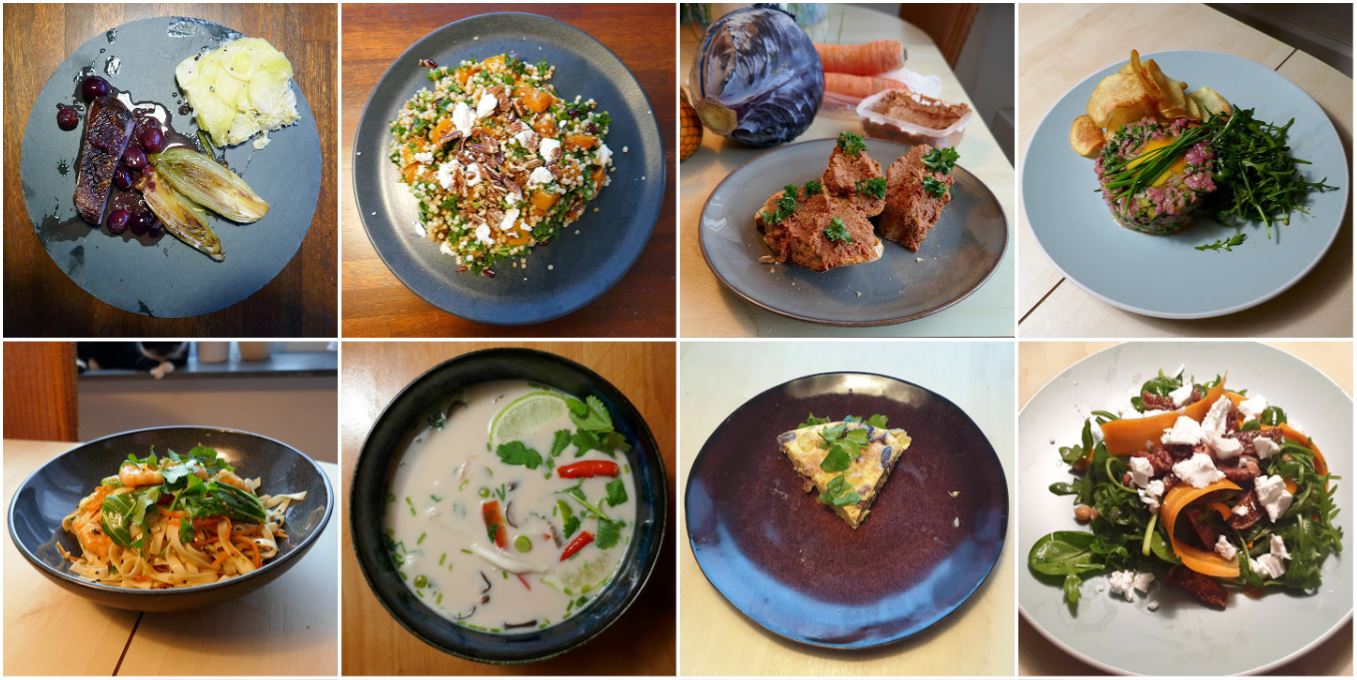
Cook book editing
I used to be a beer brewer, I love cooking, and I enjoy text editing (I like improving other people's text, seem to have more difficulty coming up with my own). What better way to combine these three passions than by helping my friend Arvid Bergstrom (a certified Beer Sommelier, a former chef and frequent guest on TV and radio programs) by editing his cook books dedicated to beer-and-food pairing! Here's a collection of his books, all of which I had a go at, that you can order at https://proefbier.nl!. If you find any mistakes in these books, then that's partly my fault ;-) (but do let us know!). Sorry, for now only available in Dutch, but I'm available for translation work as well ;-)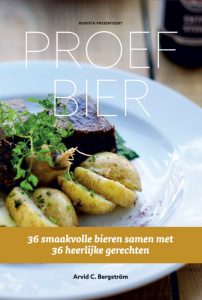 |
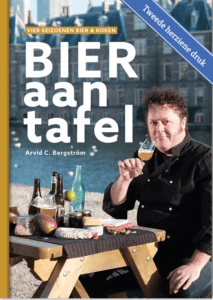 |
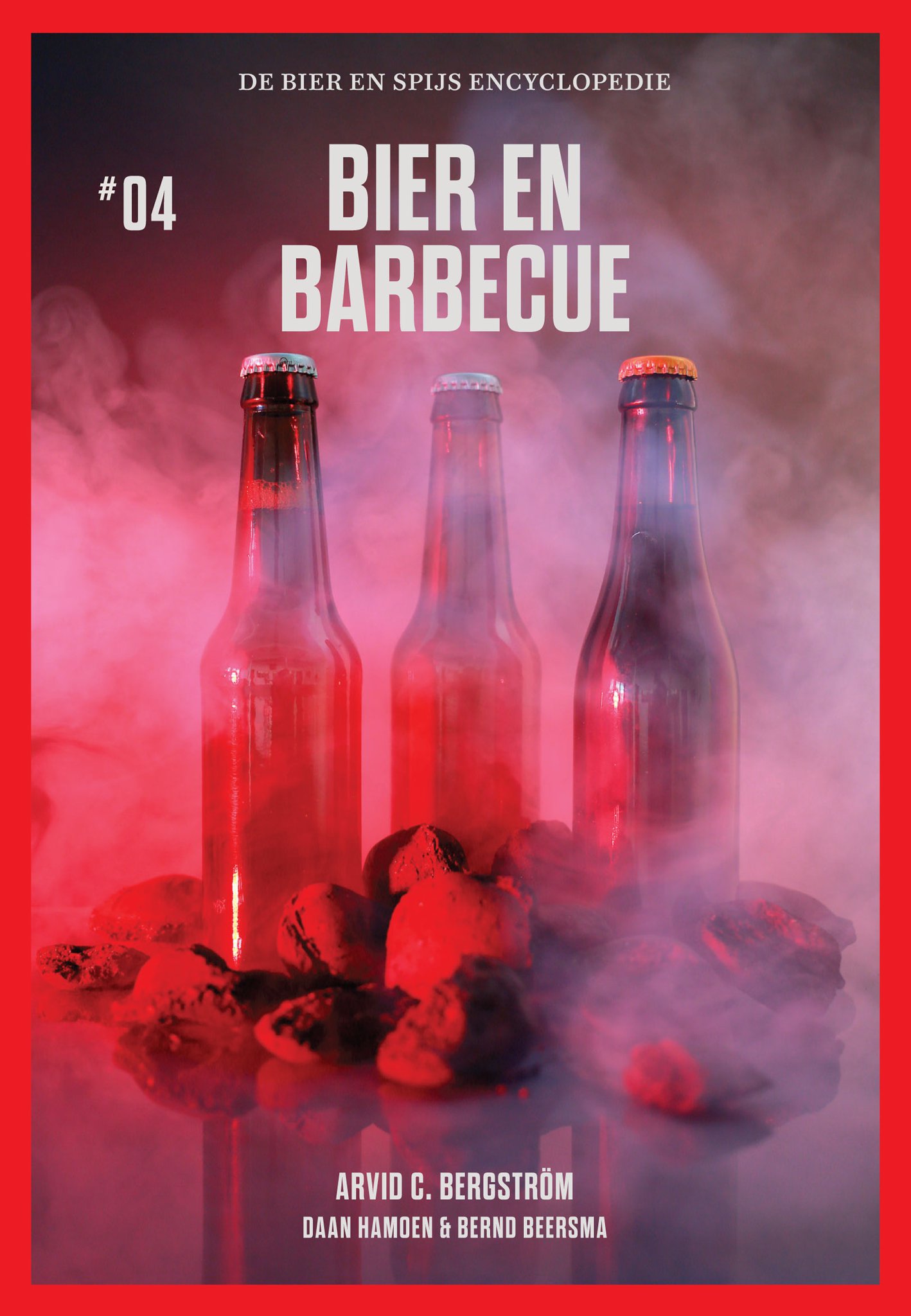 |
|
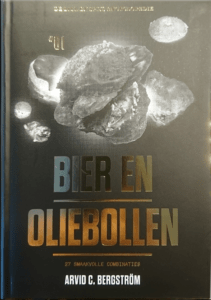 |
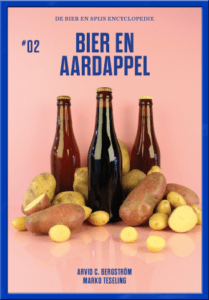 |
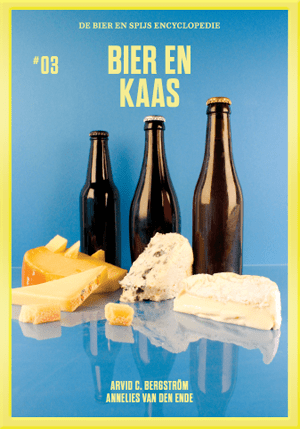 |
Genealogy
For several reasons it's pretty easy in the Netherlands to research you ancestors from the luxury of your office chair. Firstly, the invasion by Napoleon around 1811 introduced the central recording of all civil events, and secondly, since this is such a small country, the effort to digitize these and other archives was a lot less effort than in bigger countries. Even the church books that you would rely on when going further back than 1810 have mostly been digitized. This means that (except for some archives that got destroyed by e.g. fires and floods), all births, deaths and marriages since 1810 are available online, and also that you've got a good chance to go even further if your ancestor's events were registered by the church. However, there is a caveat due to Dutch privacy laws: each event type has its own "expiration date", after which these events can be made public. Specifically, this means that births need to be older than 100 years, marriages older than 75, and births older than 50 years, to ensure that the person whose private records are exposed are no longer with us to complain about their private details being made public. Practically, for people of my age (around 40) this means that you'll have to know who your great-grandparents were, before you can start researching your ancestry. Furthermore, for me to publish the results, I can only publish living people if they give their specific consent to be listed.
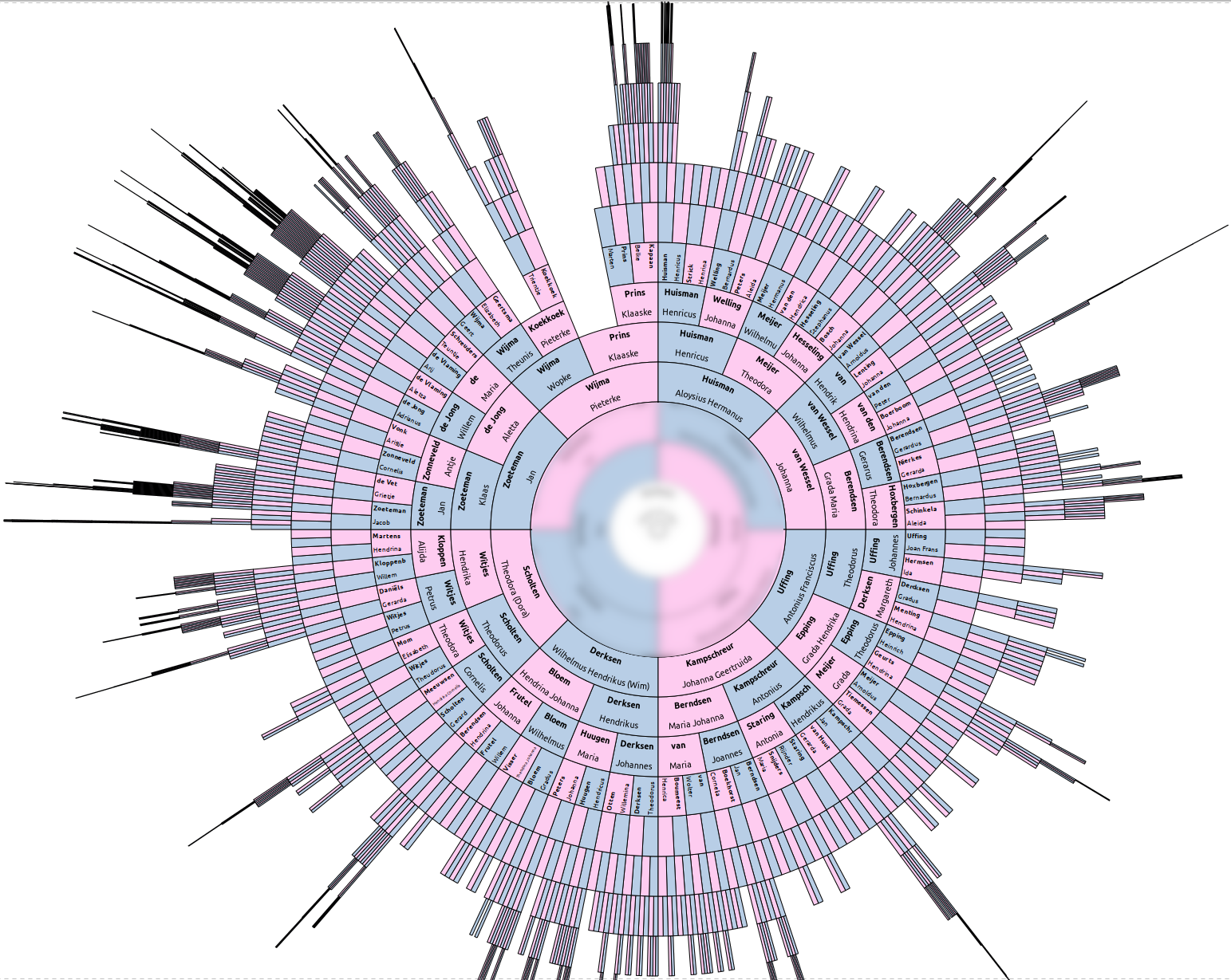
Anyhoo, I've worked on three "family trees". I started on my own family tree, but quickly expanded it to also include the family of my brother-in-law, to include my niece and nephew. If I use my niece and nephew as generation 0, I have moslty found their ancestors to the 8th and 9th generation, bringing us back to people living in the 18th century. You can have a look at this family tree here. The main thing holding me back from going backwards in time is that many of my ancestors come from just across the (current) border with Germany, where records are just not that well available online.
Secondly I've been researching one side of the family tree of Abdon, a friend of mine, where I managed to go so far back, that I found a connection to Charles the Great (if you believe that sort of that thing :-)). You can have a look at this family tree here.
And finally, I've researched the origins of Noelle, a Dutch-American colleague of mine.
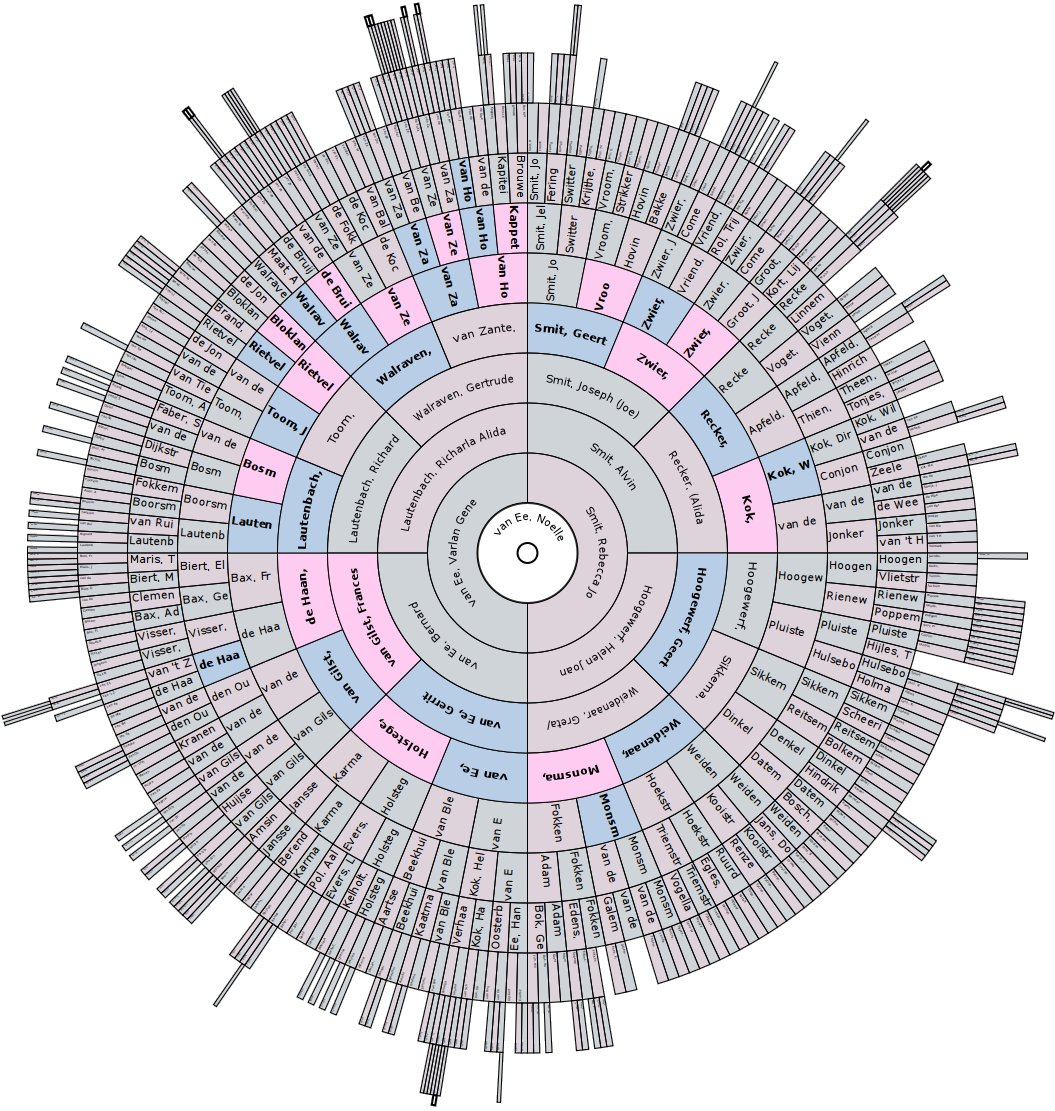
This is probably the genealogy work I'm most proud of. Initially she thought she was 50% of Dutch ancestry, and thought the rest was French and German. I researched the Dutch part reasonably well enough for her family to visit some of the main cities that half of their ancestry originated from. However, when I got bored and started researching her other half of the ancestry I found these were also Dutch (for the German sounding names at least for one generation!). I was also able to identify all the times her Dutch ancestors crossed the ocean, and where they ended up in the US. This gave me enough material to write a nice story on all the different ways Noelle's ancestors ended up in the US. Poverty, global changes in farming and being more religously strict than the prevailing churches were all causes to make the jump across the ocean.
Scientific applets
These applets were developed during my masters degree. I wrote the first two applets employed by the university to create educational web pages for first year physics students to brush up on their fundamental knowledge, and each contained a physics experiment that could be simulated using a Java applet that I wrote. I was employed to write the third applet to allow schools and experimentalists to remote-control the university's scanning tunneling microscrope, and I wrote the final applet because the sidereal time clock near the university's telescope was starting to run behind, and we needed a way to reset that clock to the correct value.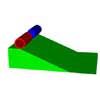 |
A physics simulation of a hollow cylinder versus a solid cylinder (Outside this domain, use your browsers backbutton to return) |
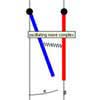 |
A physics simulation of a coupled pendulum (Outside this domain, use your browsers backbutton to return) |
 |
A Scanning Tunneling Microscope front-end that connects either to a real microscope, or a simulator (for educational purposes). Unfortunately the simulator-server is not running anymore. Was part of the Scanning Probe Microscopy Lab. |
 |
Sidereal time applet, used to set our clock at our telescope so that we could accurately locate stars. |
Astro-photography
As part of my natural sciences/physics masters program I chose to do a short research topic on astro-photography. The next year, the university of Amsterstam started their astrophysics program, and as I had some experience with our telescope, I was asked to tutor the new astrophysics students with their optics courses, teach them how to use the refractor telescope, and how to take pictures with it. In the meantime I also had a conversion bracket made to fit the almost 100 year old telescope to a Canon EOS D60. The following are some of the pictures I took that can be classed as astrophotography, or that show the set-up.  |
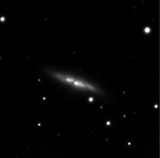 |
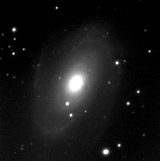 |
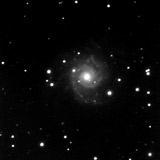 |
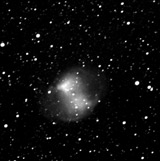 |
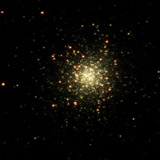 |
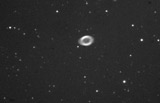 |
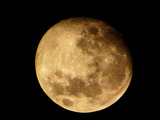 |
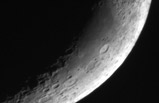 |
 |
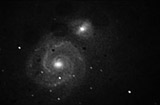 |
 |
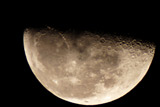 |
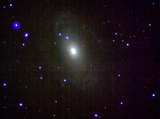 |
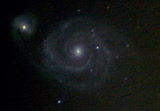 |
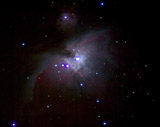 |
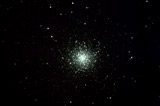 |
 |
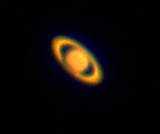 |
My 3D engine
Here is a collection of Java 1.1 applets I wrote a long time ago. they were created and tested with an old Java Microsoft™ virtual machine, so unfortunately they don't work anymore. The pictures still give you an idea of the results. Note that Java 1.1 doesn't have any 3D capabilities, so every pixel you see has been rendered by code I wrote.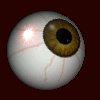 |
 |
 |
 |
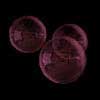 |
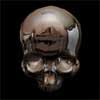 |
 |
 |
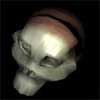 |
 |
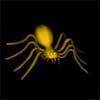 |
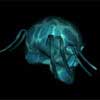 |
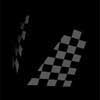 |
 |
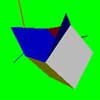 |
Design
I wouldn't want to call myself a designer, but I've done a few graphical things I'm kinda proud of, so I thought I'd showcase them here.        
|
Smileys designed for ITSRadio. |
 | Logo for the Mundus student association for Urban Planning in Nijmegen, still in use today. |
 | Logo for ITSRadio, a former PhD-radio station. |
Just lean back a little :-). Ow, and this is not a design, it's an attempt to copy an effect.

